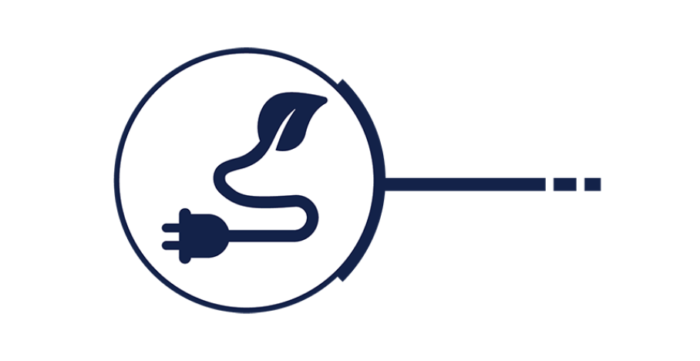BP, Nouryon (formerly AkzoNobel Specialty Chemicals) and the Port of Rotterdam Authority are jointly investigating the possibilities of producing green hydrogen for the BP refinery in Rotterdam. Green hydrogen is produced by electrolysis of water using green power. The Port Authority is therefore also looking into realising a hydrogen backbone and a special industrial site for electrolysers.
Mainly, large-scale production of green hydrogen requires huge amounts of green electricity, from offshore wind farms, in addition to a very high electrolysing capacity.
As the port states, its role is to facilitate development of the local infrastructure. Amongst others, this involves opting for the location of the electrolyser. The plant can be placed either where the electricity comes ashore, on the BP site or possibly at another location.
The choice will determine what will ultimately be transported, green electricity or hydrogen, and it therefore has implications for the infrastructure needed.
Moreover, the Port Authority is looking for the infrastructure for the transport of electricity and hydrogen, but also at the infrastructure required for the water supply.
This is because an electrolyser breaks apart water (H2O) molecules into hydrogen and oxygen.
In the meantime, the study will also take into account a possible connection to the heat grid and oxygen pipelines.
[smlsubform prepend=”GET THE SAFETY4SEA IN YOUR INBOX!” showname=false emailtxt=”” emailholder=”Enter your email address” showsubmit=true submittxt=”Submit” jsthanks=false thankyou=”Thank you for subscribing to our mailing list”]
In addition, the port will investigate whether this could be a stand-alone project or a backbone (ring pipeline) for hydrogen in the port area.
A feasibility study into the construction of a blue hydrogen plant – the H-vision project – is currently underway. In this case, the hydrogen will be produced from natural gas, and the CO2 released will be captured and used in greenhouses or stored in gas fields beneath the North Sea.
Blue hydrogen is regarded as an accelerator and pioneer for green hydrogen, partly because oxygen is required for the production of blue hydrogen (using ATR technology). The production of green hydrogen actually releases oxygen. The availability of blue hydrogen will also make companies less dependent on green hydrogen.
The port of Rotterdam aims to a CO2-neutral industry by 2050. Therefore, it need a big production of hydrogen. As studies from the Wuppertal Institute inform, it will involve capacity that is 10 to 30 times greater than that of this 250 MW electrolyser: 2.5 to 6.4 GW. And that is only the demand from industry in Rotterdam.
For this reason, in parallel with this study, Port Authority will shortly also be looking into the possibility of developing a 2 GW energy conversion park. A concentration of electrolysers could be built here. Among other things, this should result in lower costs, especially for the connecting infrastructure.































































